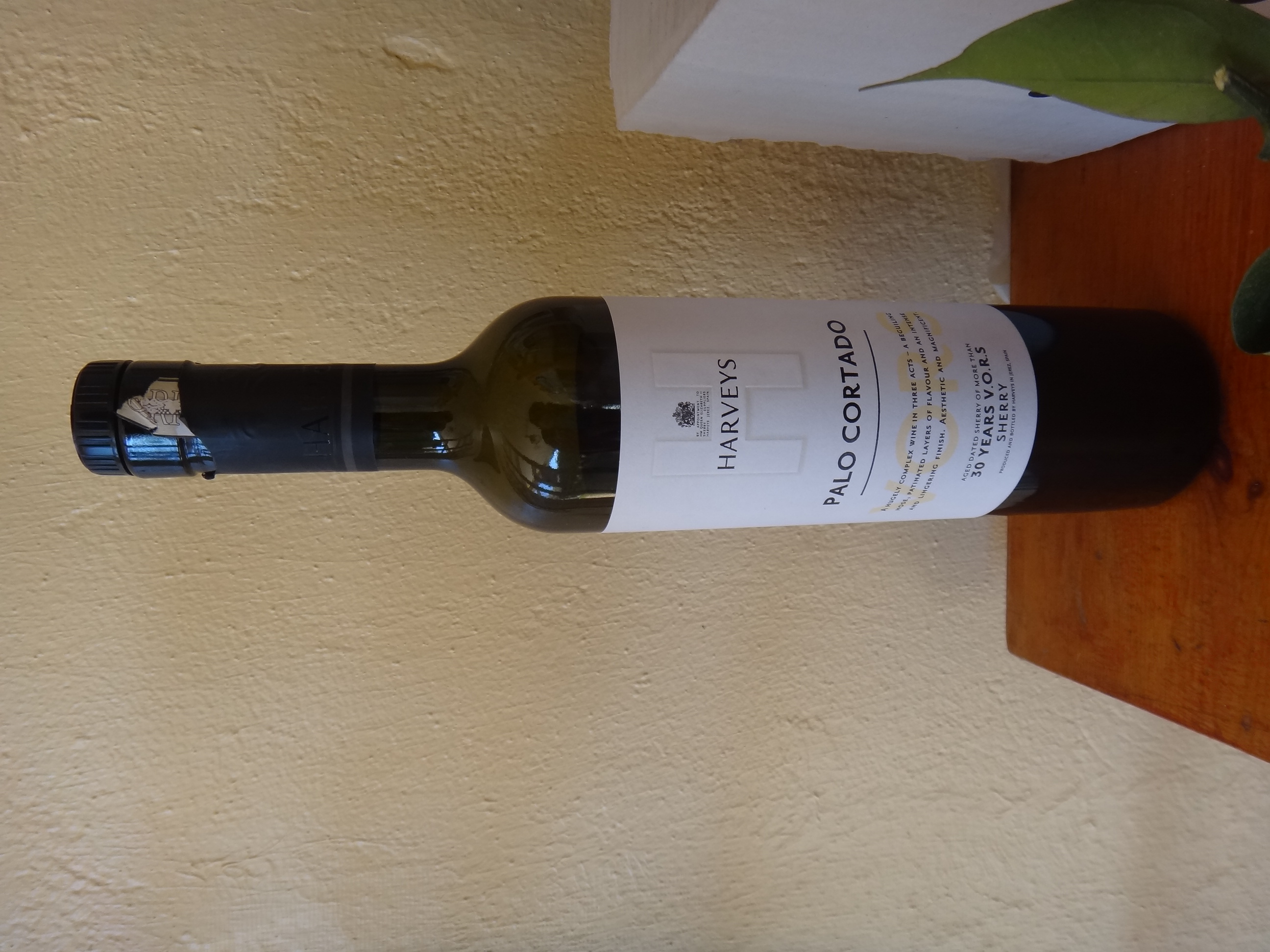Palo Cortado on:
[Wikipedia]
[Google]
[Amazon]
Palo Cortado is a rare variety of 
/). At this time the wine will be fortified to about 17.5% alcohol, to prevent spoilage from contact with the air. As the overseer continues to monitor the wine over time, he may feel it necessary to add more measures of alcohol to the cask to continue its development. These additional measures are marked on the cask as more crosses, with the resulting wine being designated 'dos cortados', 'tres cortados', etc. according to the number of 'cuts' marked on the cask. The greater the number of cuts, the older the wine.
Denominación de Jerez (Spanish)
{{commonscat, Palo cortado Sherry
sherry
Sherry ( es, jerez ) is a fortified wine made from white grapes that are grown near the city of Jerez de la Frontera in Andalusia, Spain. Sherry is produced in a variety of styles made primarily from the Palomino grape, ranging from light versi ...
that is initially aged under flor
Flor (Spanish and Portuguese for ''flower'') in winemaking, is a film of yeast on the surface of wine, important in the manufacture of some styles of sherry. The flor is formed naturally under certain winemaking conditions, from indigenous yeas ...
to become a fino
Fino ("refined" in Spanish) is the driest and palest of the traditional varieties of sherry and Montilla-Moriles fortified wine. They are consumed comparatively young and, unlike the sweeter varieties, should be consumed soon after the bot ...
or amontillado
Amontillado () is a variety of sherry wine characterised by being darker than fino but lighter than oloroso. It is named after the Montilla region of Spain, where the style originated in the 18th century, although the name "Amontillado" is some ...
, but inexplicably loses its veil of flor and begins aging oxidatively as an oloroso
Oloroso ("scented" in Spanish) is a variety of fortified wine (sherry) made in Jerez and Montilla-Moriles and produced by oxidative aging. It is normally darker than Amontillado. Oloroso is usually dark and nutty.
Unlike the fino and Amontillad ...
. The result is a wine with some of the richness of oloroso and some of the crispness of amontillado. Only about 1–2% of the grapes pressed for sherry naturally develop into palo cortado.
Denomination
The name means 'cut stick', in reference to the mark made on the cask when this style of wine is recognized. Since the wine was originally destined to be a fino or amontillado, it will initially have had a single stroke marked on the cask. When the overseer realizes that the wine is becoming a palo cortado, he draws a cross (or cut) through the initial stroke (or stick), resulting in a crossed stroke or 'cut stick' (Varieties
* Jerez Cortado is a variety of palo cortado made not in Jerez, but in Sanlúcar de Barrameda, the most westerly of the three points of the 'Sherry Triangle', properly known as the denominación de Jerez. The city of Jerez is the most easterly point—and Puerto de Santa María lies southwest of that. On 12 April 2012, the rules applicable to the sweet and fortified Denominations of Origin Montilla-Moriles and Jerez-Xérès-Sherry were changed. The classification by sweetness is:Serving
Palo Cortado can be served as an apéritif with olives, nuts, cheese, or foie gras; it can also accompany fowl, red meats, or game. It should be served slightly chilled.Storing
As palo cortado falls between amontillado and oloroso, it is relatively stable and may be stored for a few years before opening. After opening, it can be kept, corked and refrigerated, for a few weeks.References
External links
Denominación de Jerez (Spanish)
{{commonscat, Palo cortado Sherry